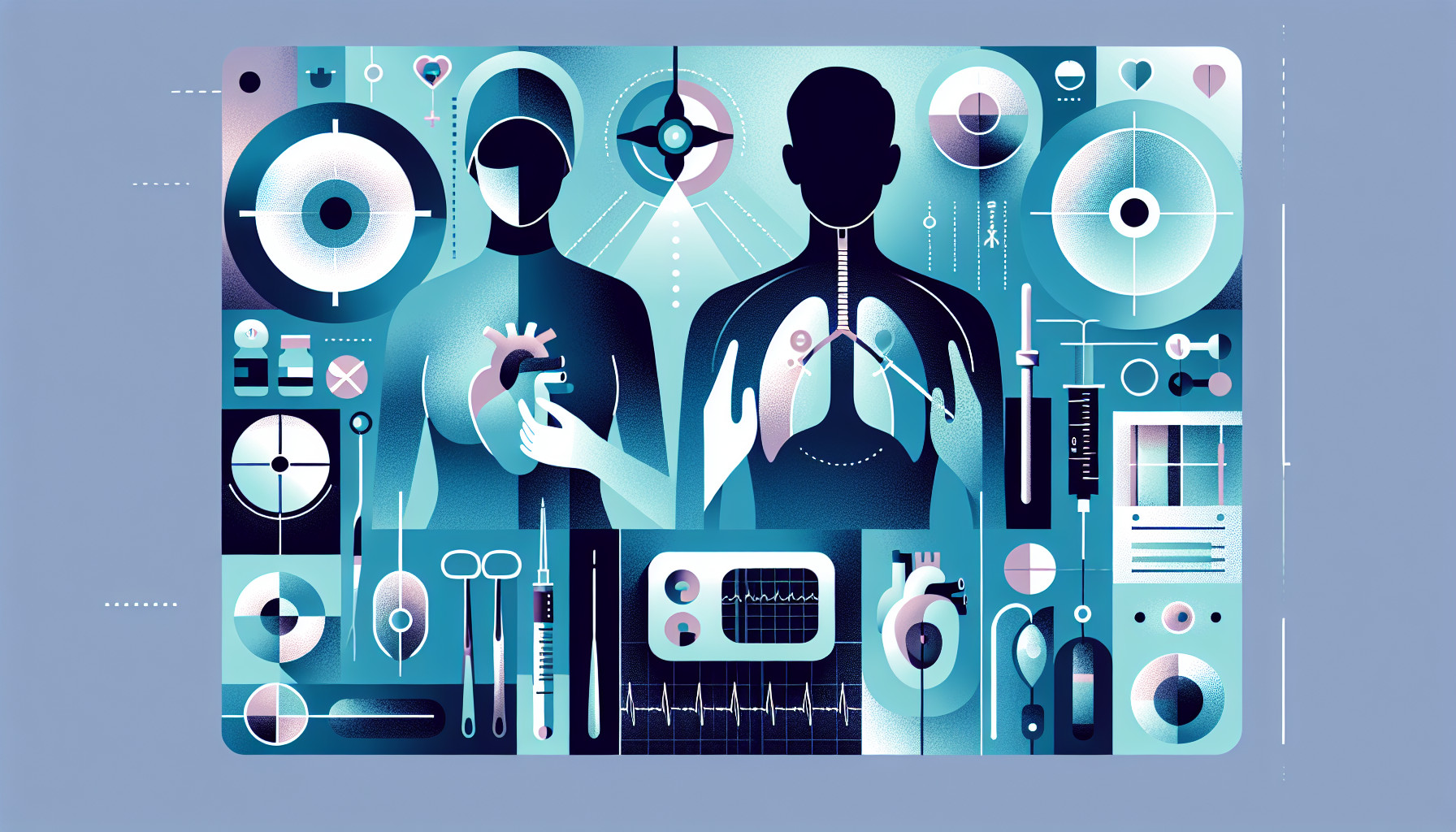Our Summary
This research paper looks at how machine learning (ML), a type of artificial intelligence that allows computers to learn from data, can be used in thoracic (chest) surgery. The researchers looked at 22 previous studies that used ML to analyze patient data relevant to chest surgeons. They found that ML can help improve the accuracy of pre-surgery tests, make diagnosis of diseases earlier, suggest treatments to increase patient survival, and predict potential complications and survival rates after surgery. However, there are some issues with these ML models. Only four of the studies they looked at had their results validated with outside data. Only one showed it actually improved patient outcomes. Most of the studies didn’t check how well their models would work on different populations of patients. And there was a lot of variation in the methods used, making it hard to replicate the studies. The researchers conclude that while ML has a lot of potential in chest surgery, there are still challenges that need to be overcome. It’s important for chest surgeons to be involved in safely introducing ML into their practice.
FAQs
- How can machine learning be used in thoracic surgery according to the research paper?
- What are some issues with the machine learning models used in thoracic surgery as per the researchers’ findings?
- What do researchers conclude about the use of machine learning in chest surgery?
Doctor’s Tip
One tip a doctor might give a patient about thoracic surgery is to make sure to follow all pre-operative instructions carefully, such as fasting before the surgery and stopping certain medications as advised. This can help reduce the risk of complications during and after the surgery. Additionally, it’s important to communicate any concerns or questions with your healthcare team to ensure the best possible outcome.
Suitable For
Patients who may be recommended for thoracic surgery include those with lung cancer, esophageal cancer, chest wall tumors, mediastinal tumors, pleural diseases, pulmonary infections, thoracic trauma, and other chest-related conditions that are not responding to conservative treatments. Additionally, patients with structural abnormalities in the chest cavity, such as chest wall deformities or diaphragmatic hernias, may also be candidates for thoracic surgery. It is important for patients to undergo a thorough evaluation by a multidisciplinary team of healthcare professionals to determine if thoracic surgery is the best course of treatment for their specific condition.
Timeline
- Before thoracic surgery:
- Patient undergoes initial consultation with a thoracic surgeon to discuss the need for surgery and potential risks and benefits.
- Patient undergoes pre-surgery tests such as imaging scans, blood tests, and lung function tests to assess their overall health and suitability for surgery.
- Surgeon and medical team review test results and create a personalized treatment plan for the patient.
- Patient receives pre-operative instructions and prepares for surgery, which may include fasting and stopping certain medications.
- Patient undergoes thoracic surgery to address the specific condition or disease.
- After thoracic surgery:
- Patient is closely monitored in the recovery room for any immediate post-operative complications.
- Patient is transferred to a hospital room for further monitoring and pain management.
- Patient begins physical therapy and breathing exercises to aid in recovery and prevent complications such as pneumonia.
- Surgeon and medical team monitor patient’s progress and adjust treatment plan as needed.
- Patient is discharged from the hospital once they are stable and able to continue recovery at home.
- Patient follows up with their surgeon for post-operative appointments to ensure proper healing and address any concerns or complications.
- Patient continues with rehabilitation and recovery process to regain strength and function after surgery.
What to Ask Your Doctor
- How can machine learning be used to improve the accuracy of pre-surgery tests for thoracic surgery?
- Can machine learning help in early diagnosis of diseases relevant to chest surgeons?
- How can machine learning suggest treatments to increase patient survival in thoracic surgery?
- Can machine learning predict potential complications and survival rates after thoracic surgery?
- What are the limitations of using machine learning in thoracic surgery, as highlighted in the research paper?
- How can machine learning models be validated and tested on different populations of patients to ensure accuracy and effectiveness?
- What role can chest surgeons play in safely introducing machine learning into their practice for thoracic surgery?
- Are there any specific recommendations or guidelines for using machine learning in thoracic surgery based on the findings of the research paper?
- How can machine learning be integrated into current practices in thoracic surgery to improve patient outcomes?
- What are the next steps in research and implementation of machine learning in thoracic surgery, based on the challenges and opportunities identified in the research paper?
Reference
Authors: Seastedt KP, Moukheiber D, Mahindre SA, Thammineni C, Rosen DT, Watkins AA, Hashimoto DA, Hoang CD, Kpodonu J, Celi LA. Journal: Eur J Cardiothorac Surg. 2022 Jan 24;61(2):239-248. doi: 10.1093/ejcts/ezab422. PMID: 34601587
